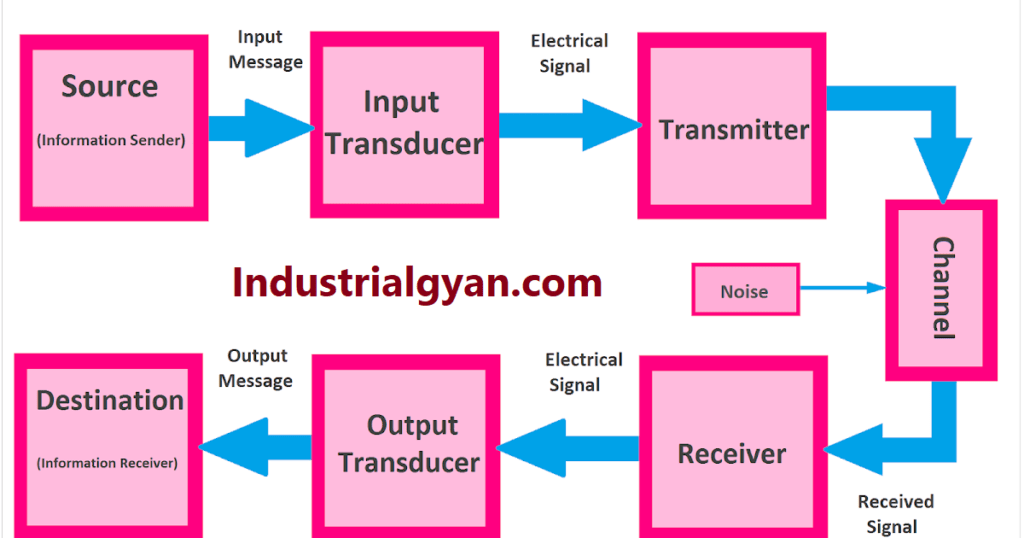Introduction to Communication System:
Block diagram of Communication system or communication system People uses them to transmit information and messages across different mediums, such as wires, cables, airwaves, and optical fibers. These systems use various techniques to ensure reliable and efficient transmission of data, voice, and video signals.
This article will provide a basic introduction to communication systems, including the different types of systems, their components, and how they work. It will also explore the importance of block diagram of communication systems in various industries and applications.

Importance of communication systems in today’s world.
- Communication systems are essential in today’s interconnected world. They facilitate the transfer of information and messages across various mediums, from telecommunications to broadcasting. By connecting people, devices, and organizations, communication systems enable effective collaboration and the exchange of ideas. Investing in the development and improvement of communication systems is crucial for driving innovation and progress.

I am an electrical & automation engineer with extensive experience in Design, PLC programming, SCADA development, and IoT integration. I have a strong background in the industry, focusing on the Design & Development of Hardware, Software &Industry 4.0 technologies, and the integration of intelligent manufacturing systems.
I have a deep understanding of electrical principles and am proficient in various programming languages, including Ladder Logic, Structured Text, and Python. In addition, I have experience with various PLC, SCADA & IoT technologies and a track record of successful integration projects for various clients.

